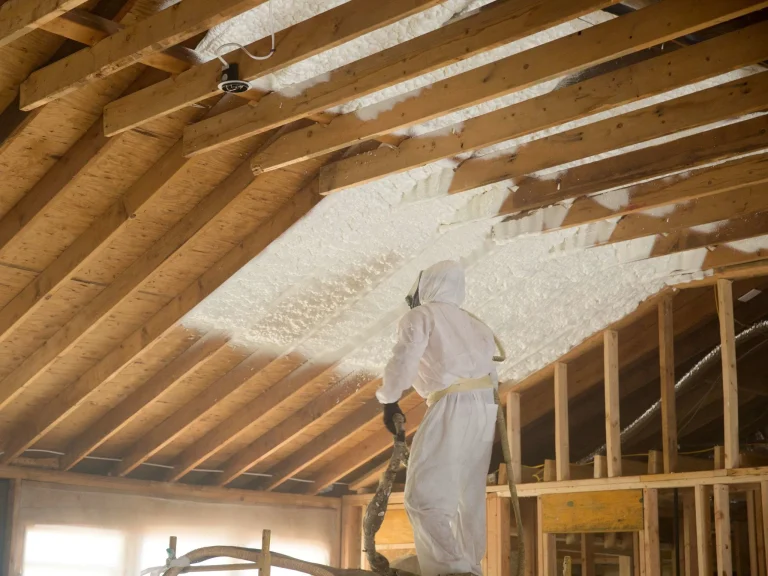Floods occur when an area experiences excessive water that overwhelms its drainage systems. They can be caused by heavy rainfall, melting snow, dam failures, or coastal storms. Floodwaters can enter homes through doors by flood damage mitigation, windows, foundation cracks, or sewer backups.
Assessing Your Home’s Vulnerability
Before implementing flood damage mitigation techniques, assessing your home’s vulnerability to floods is important. Consider factors such as the location of your property, proximity to bodies of water, and historical flood patterns in the area. This assessment will help you determine the level of preparedness required and the specific measures to be taken.
Exterior Preparations
Clearing Gutters and Downspouts
Ensure that your gutters and downspouts are free from debris and properly functioning. Clogged gutters can cause water to overflow and accumulate near the foundation, increasing the risk of flooding. Regularly clean and maintain these drainage systems to prevent blockages.
Installing Flood Barriers
Consider installing flood barriers, such as sandbags or flood gates, around vulnerable areas of your home. These barriers can redirect or block floodwaters, providing additional protection. Follow the manufacturer’s instructions for proper installation and ensure the barriers are readily available.

Elevating Outdoor Equipment
Elevate outdoor equipment, such as HVAC units, generators, and fuel tanks, to a higher level. This helps prevent damage to these essential systems and reduces the risk of contamination from floodwaters. Consult a professional for proper elevation techniques and secure any loose items that floodwaters could sweep away.
Interior Preparations
Waterproofing Walls and Floors
Apply waterproof sealants to basement walls and floors to prevent water seepage during floods. Waterproofing paints and coatings can create a barrier that keeps water out and protects your home’s foundation. Additionally, consider installing water-resistant materials for wall finishes and flooring in flood-prone areas.
Installing Sump Pumps
Sump pumps are effective tools for removing water from basements or crawl spaces. Install a sump pump with a battery backup system to ensure its operation during power outages. Regularly inspect and maintain the pump to keep it in proper working condition.
Raising Electrical Systems
Electrical systems are highly susceptible to flood damage. Hire a professional electrician to raise electrical outlets, switches, and circuit breakers above the anticipated flood height. This precautionary measure reduces the risk of electrical shock and helps prevent damage to your electrical system.
Essential Emergency Supplies
Prepare an emergency supply kit with essential items such as non-perishable food, bottled water, flashlights, batteries, a first aid kit, and a battery-powered radio. Store the kit in a readily accessible location and ensure all family members know its contents and location.







